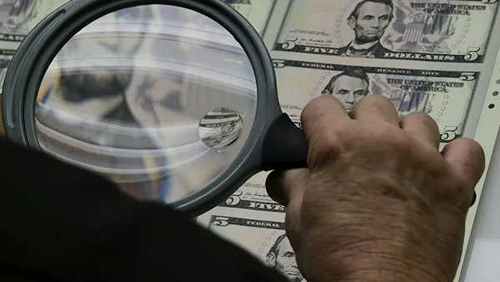The global economy has been supported by unprecedented financial incentives for over a year. The USA is in the lead here – trillions of injections turned into an exorbitant national debt, leaked treasury and accelerated inflation.
And consumers and businesses are addicted to direct payments and indulgences.
But the feast will be over soon. Shutting down the printing press will be an ordeal.
Filled with money
Due to the pandemic, more than ten trillion dollars of additional liquidity has been poured into world markets. Since the beginning of 2020, the aggregate balance of six world central banks has grown by one and a half times. This is all the result of massive asset buyback programs launched in response to a recession – the worst in 70 years.
The European Central Bank has pumped about one and a half trillion euros into the economy. And, as stated at the end of July, the head of the regulator Christine Lagarde, is ready to print another 620 billion. But analysts do not rule out that if the vaccination is successful, which should be completed in September, support will begin to be phased out.

The Federal Reserve’s monetary incentives are three to four times greater. In the pandemic, the United States launched the printing press at full capacity, spending six (and, according to independent estimates, all nine) trillion dollars on anti-crisis measures. Unsecured bills immediately spurred inflation.
In March, Congress approved Joe Biden’s proposed American Rescue Plan for another 1.9 trillion. The document turned out to be mainly social: these are direct payments to citizens, and increased unemployment benefits until September, and subsidies for rental housing, and additional funding for the SNAP program for the purchase of food. In the same place – the expansion of tax deductions, funds for schools, business incentives. Almost 20 billion were allocated for vaccinations, 50 billion for coronavirus testing.
Economists then warned: this will no longer be good. The burden on the budget will increase, prices will accelerate due to an oversupply of banknotes without a corresponding increase in production.
And so it happened. The national debt exceeded the size of the economy in March. In May, inflation reached 5 percent on an annualized basis, a record since August 2008.
Fed chief Jerome Powell did not see this as a big problem. “Huge borrowing during the pandemic served as a bridge across the economic chasm: quarantines, falling consumer spending, ship downtime, empty hotels and millions of unemployed. Cheap loans allowed employees to pay money, rather than lay them off and keep assets in working order. Borrowing financed and unemployment benefits for laid-off workers so that they can pay their bills and buy food, “he explained. Powell considers inflation to be temporary.
But the situation is worsening: the growth rate of consumer prices reached a maximum in 17 years – 5.6% in annual terms. This is twice the target. The Fed admitted that inflation “may turn out to be higher and more stable than we expected.”
Nevertheless, at the end of July, Powell said it was too early to roll back economic stimulus. The US labor market is “still far” from the progress the Fed is looking for. And inflation will subside “in the coming months.”
Economists disagree with this: unemployment is still about 20%, transfer payments help only in the short term.
Analysts emphasize that the rejection of “free” dollars is inevitable – and for the economy this will be a serious test of strength. First of all, it is about the monetary incentives that “fed” business and consumers.
“Trillions of direct ‘coronavirus’ payments are driving consumer spending and imports. Cancellation will inevitably lead to a sharp decline in spending,” said Joseph LaVorna, chief economist at President Donald Trump’s National Economic Council. And also, as noted by Bloomberg, millions of Americans face eviction in July-August, when the moratorium expires.
According to Goldman Sachs forecasts, in the second half of 2021, US GDP growth will slow down sharply – to one and a half to two percent year on year. In addition to the imminent cancellation of incentives, there are other reasons: a slow recovery in the service sector, a worsening epidemiological situation, low rates of return of workers to offices, which deals a strong blow to the “office economy and related sectors.”
The Bank for International Settlements warned that it would not be easy after shutting down the printing press. Debt problems are particularly at risk. These are all those bills for which the due date has already come, but they have not yet been paid due to indulgences – from taxes and interest to rent. A large-scale crisis of non-payments is possible.
“The economy runs on cash infusions like caffeine. But what happens when the cash flow dries up?” The economist asks in an interview with CNBC. The current growth trajectory is fueled by government spending. Forward one – inevitable economic retribution.